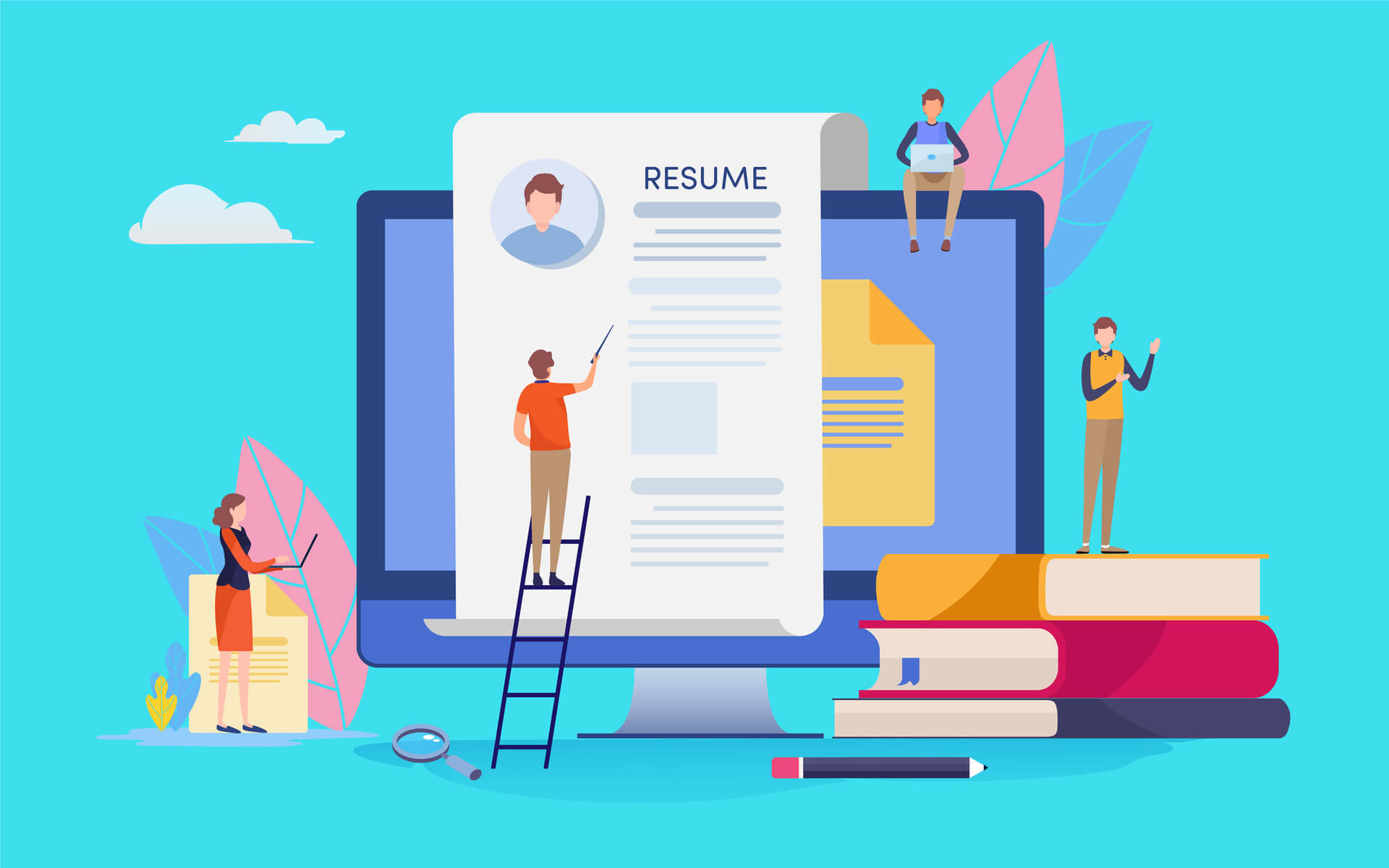How to write a functional CV
A functional (or skills-based) CV focuses on your key skills rather than your employment history. A functional CV typically includes the following:
1. Contact information
Your name, address, phone number and email.
2. Objective or personal profile
This can either be a statement about your employment goals - or an overview of you and what you bring to a job and employer.
It should be 3-4 sentences at the top of page 1 of your CV.
3. Summary of relevant skills
This is where a functional CV differs most from the chronological format.
For a job seeker with experience in hospitality working as wait staff and a restaurant supervisor, this section of their CV might look like the example below:
Customer service
- Providing excellent service to guests at the restaurant and in the bar
- Greeting and seating guests, taking orders, delivering food and drinks
- Answering all guest enquiries in a pleasant and timely manner
- Making all guests feel special and valued
- Training staff on all aspects of customer service
- Leading a team of wait and bar staff to deliver excellent customer service
Communication
- Communicating with each group of guests, seeking feedback on their experience at the restaurant
- Answering the phone, taking bookings, managing email and online enquiries and bookings
- As a supervisor, communicating expectations and requirements with all team members
Team work
- Working as a member of the front of house team
- Working well with back of house team
- Being helpful and a team player at all times
Problem solving
- Handling customer complaints and questions when their food isn’t up to scratch
- Working with kitchen staff to ensure the customers’ needs are met
- Offering discounts or free meals when necessary to keep the customer happy.
4. Employment history
The employment history section of a functional CV is much shorter with less detail compared to a chronological CV.
Here’s an example of what this section might look like for the same job seeker with experience in marketing, sales and management:
- 2016 to present - Restaurant Supervisor, Lone Star Steakhouse Restaurant and bar venue
- 2012 to 2016 - Waitstaff, Sam’s Seafood Casual restaurant
- 2010 to 2012 - Greeter, The Italian Oven Restaurant and bar venue
5. Education and qualifications
This is where you list details of your education, qualifications and training courses you have completed.
You should include the name of the course/qualification, the organisation/institution where you studied and the date the course was completed.
If you are still studying, you can include an ‘expected completion date’ or write ‘current’ next to this course.
6. Additional information
This is where you list any extra information you’d like to share with the potential employer.
This could be interests, hobbies, volunteer or community work or anything else that is relevant to your job application that isn’t included elsewhere in your CV. What you include here is up to you.
7. References
Ask people you have worked with at school, in the community or the workplace, if they can vouch for what you are like as a person and as an employee.
A referee does not just have to be your old boss. It could be a co-worker or a customer or client you dealt with regularly.
Make sure you have their permission first.





